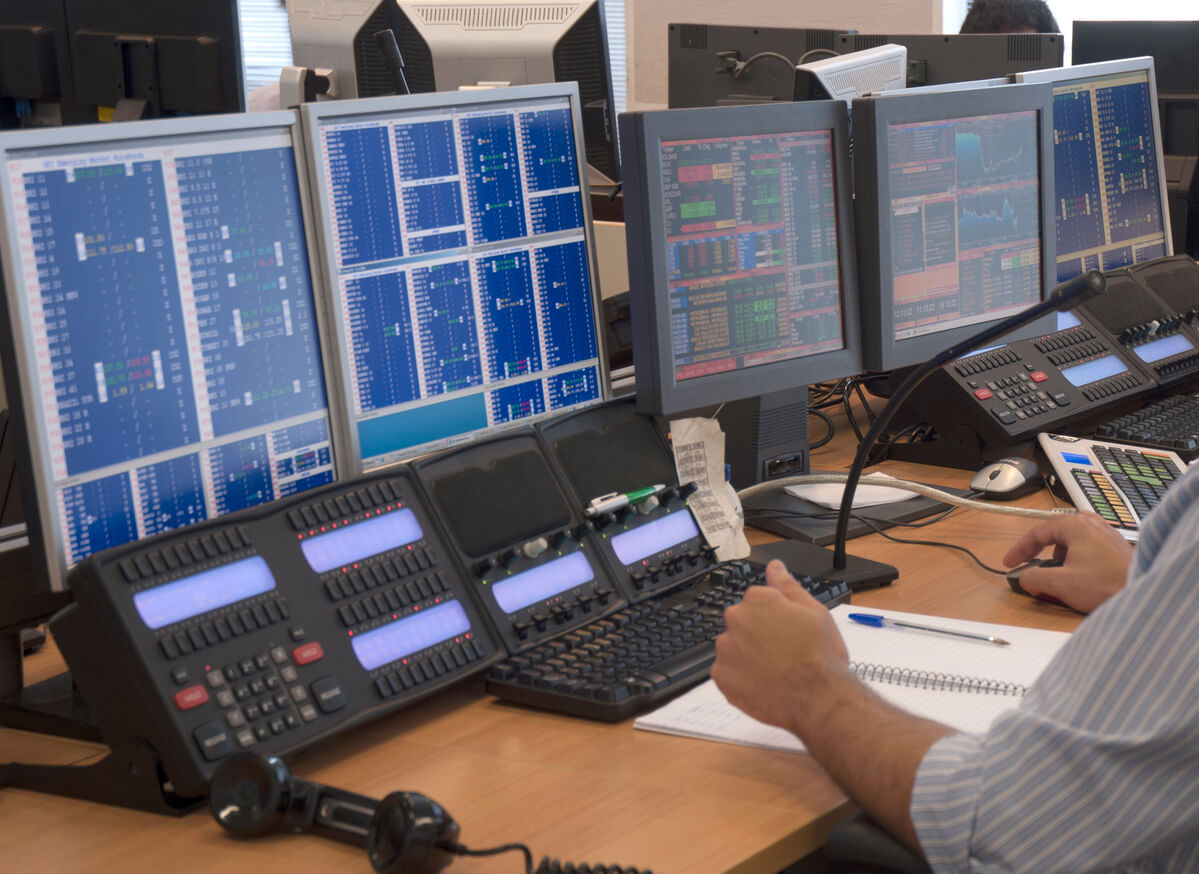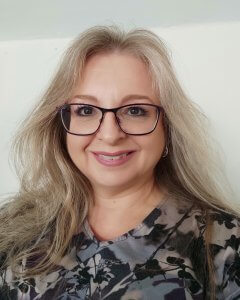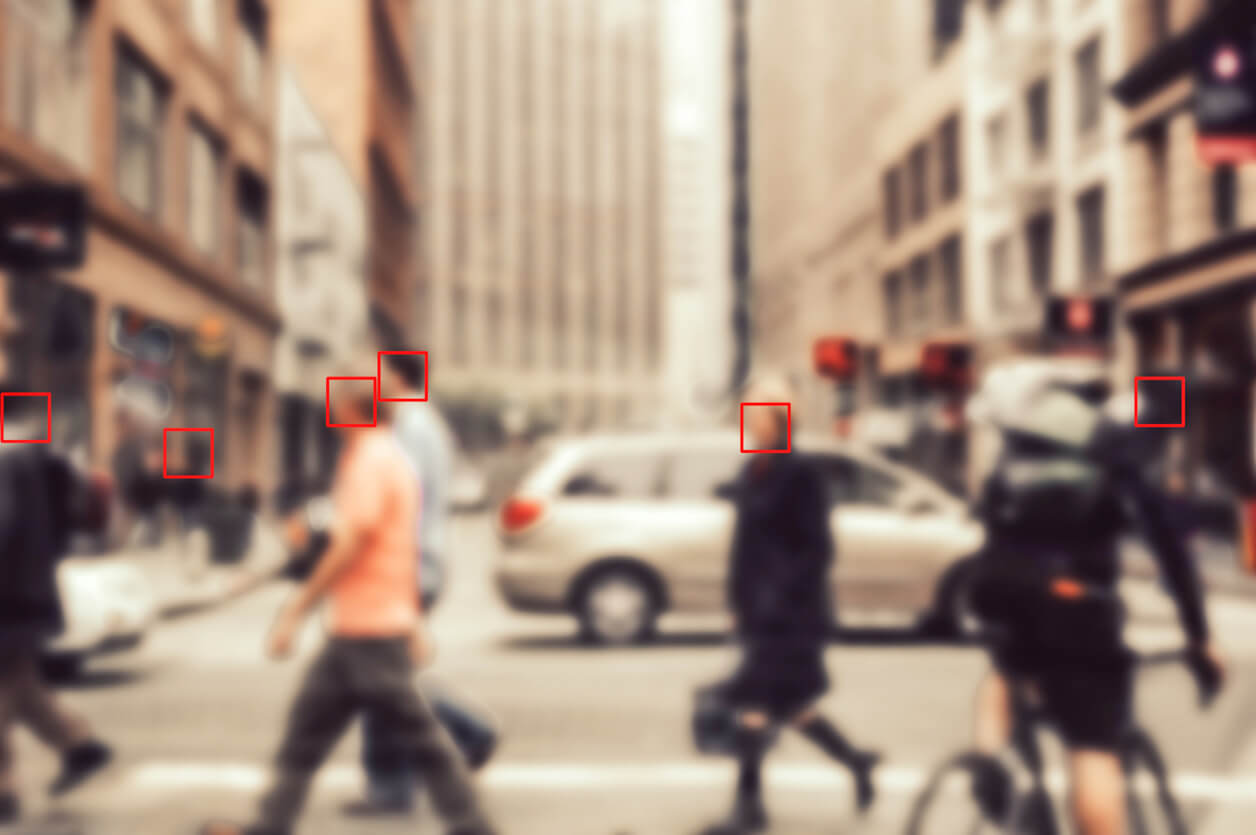
Tackling health inequality in screening is about putting patients first
Tackling health inequality is every commissioner’s goal, but Covid-19 made the challenge even harder. Screening services are no exception, and it means providers must get creative to reach every patient they can. Louise Stevens, one of our screening programme leads, explains the importance of understanding the barriers people face before you can start breaking them down.

Using resources in the right way
I’ve worked in healthcare management for more than 10 years, first in a hospital and now at NEC. In the NHS I used to manage day theatres, making sure we used every bit of capacity to get through the waiting lists. Very occasionally, patients didn’t attend, but given that they needed these procedures it wasn’t hard to track them down and rearrange. Screening is different.
Screening is about preventing harm by checking whether someone has a particular condition or not. That’s harder for health services to manage, for adults particularly, because we’re all busy. If you’re having a stressful week, would booking a screening appointment be your priority? Sometimes it’s not, despite the risks. And this is true even for people who use health services regularly and live at a fixed address. If neither of those apply, it’s even harder.
Screening that saves sight
I run one of NEC’s diabetic eye screening programmes, which we deliver regionally on behalf of NHS England. I lead a team of screeners, graders and support staff that check the local population for diabetic retinopathy. This well-known complication of diabetes and can cause permanent damage, and even blindness, if left untreated.
As a result, we work really hard to make sure people attend appointments regularly. We check that our records match GP records. We make it easy for people to book a slot online, which means they’re more likely to attend. We send reminders in advance. And we use all the data we have to schedule our clinics in the right places.
Tackling health inequality in screening
Health inequality is a significant challenge for our work and Covid-19 exacerbated the problem. The number of people falling into the ‘persistent non-attendance’ bracket has risen by around 10% since the pandemic. That’s partly because people lost contact with health services, and also because other points of contact disappeared too.
In areas of deprivation, for example, people were already at high risk of homelessness. Then drop-in centres closed and outreach programmes ground to a halt. Transient populations moved on and GP records couldn’t keep up. Add in the cost of living crisis we’re experiencing today, and appointments that were a taxi-ride away are now impossible.
Understanding individual needs
To find every individual who’s lost to the system, or can’t access it, you have to start with the big picture. We look at the demographics, at pockets of deprivation and at non-attendance hot spots. We check whether our clinics are in the right places and at the best times to match demand, sometimes adding in more on Saturdays. People of working age often prefer them, as do older people who rely on their working-age children to get them to appointments. We screen in health settings, in community centres and in prisons too, going where people need us. And we go the extra mile to check why someone isn’t coming.
The boating community is a good example. Some people have permanent moorings, whereas others live their life on the move. Postal reminders are useless if you have no fixed address, so how do you remind people to attend? Through posters in marinas, articles in the Canal & River Trust newsletters plus some old-fashioned leg work. We found out which GP surgery people tended to use, arranged to hold a clinic there and sent appointment letters and reminders by email instead.
Partnership working can achieve more
Working more closely with GPs, hospitals and community groups will be vital to screening going forward. We’re all focused on health inequality, which is great, but it does mean we’re all chasing the same people. That’s why we’ve worked with local partners to organise a few ‘one-stop-shops’ for diabetes care and they’ve been hugely successful. Having all the experts in one place – consultants, nurses, dieticians, podiatrists and screeners – works well for everyone. It brings people back into the system, which is great for the experts, and it removes the burden (and the cost) of multiple appointments, which is great for the people we’re all trying to see.
Reducing health inequality in screening needs a laser-like focus on engagement. We’re building new relationships all the time, and it’s a big priority for my team. Only by intensifying collaboration will we reach the people we need to and potentially save their sight.
___
NEC provides software and services for a range of health screening programmes, including newborn screening, AAA screening and diabetic eye screening.

